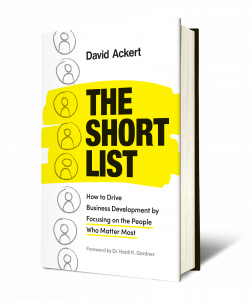I’ve never much cared for rejection, yet I find myself on both ends of it every day. As a business developer, I am constantly reaching out to prospects and clients with the intention of creating new business opportunities. And as a business owner, I regularly navigate pitches from salespeople and vendors. Invariably there is rejection, which when handled poorly, wastes time, damages relationships, and compromises reputations.
I’m sure you’ve experienced this firsthand. Say you attend a mixer where you meet a promising prospect for your business. They express what appears to be at least a moderate interest in your services, and they give you their business card before stepping away to refill their drink. The next day, when you follow up, you experience one of the following brands of rejection:
- Ignore: They don’t respond to your calls or emails. Eventually, you get the hint and stop contacting them.
- Defer: They tell you they’d be happy to talk to you when things are less hectic, maybe in a few months. You create a tickler in your calendar and follow up, at which point they tell you they’d be happy to talk to you when things are less hectic, maybe in a few months. This pattern continues until you finally realize that you’re in a more time-consuming version of #1.
- Suspend: They take your call and hear your pitch. They tell you they’re interested but that they’ll have to get back to you. They don’t. Welcome back to #1.
- Pass: They take your call. They hear your pitch. They tell you “no.” They don’t go out of their way to save your feelings. The door (at least for now) is closed.
If you’re going to be rejected, you’re always better off with #4. It wastes none of your time, the emotional sting wears off quickly, and in many cases, the prospect earns your respect. So, here’s my question to you: what techniques do you use to eliminate #1–3?







